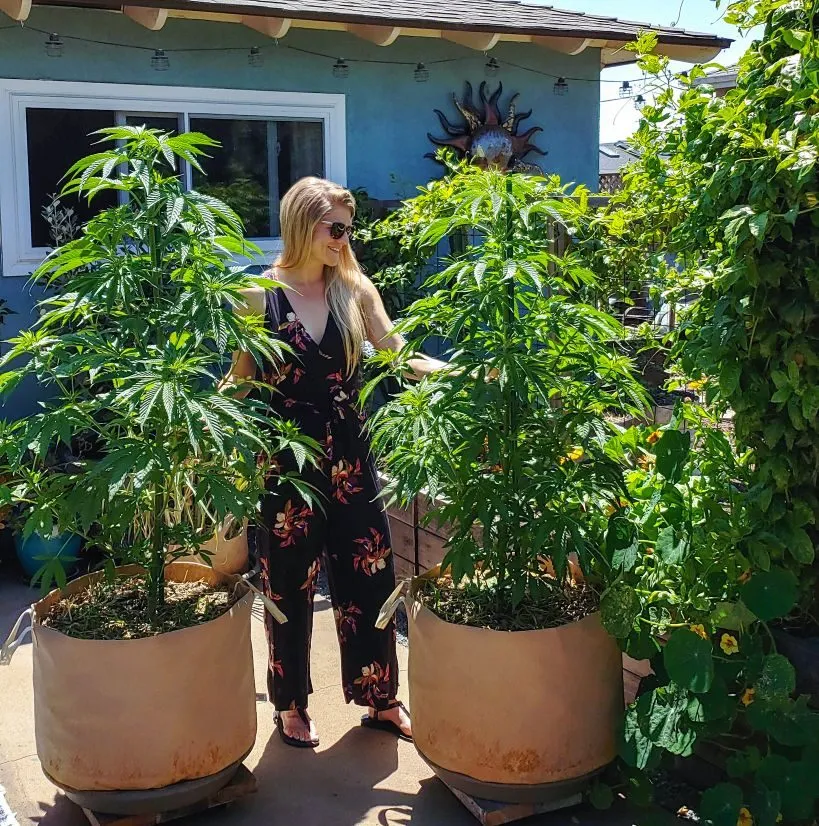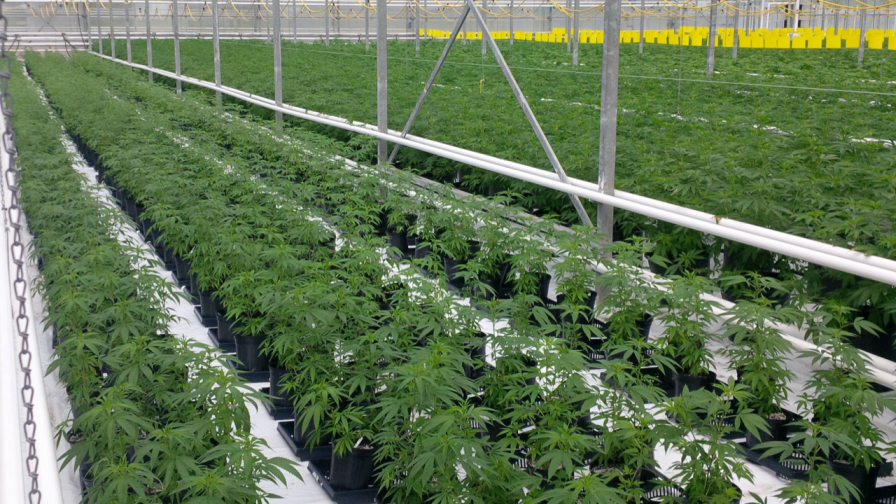Although many growers recognize the enormous potential of industrial hemp as a profitable cash crop, most botanists new to the field are still looking for ways to figure out how to properly grow cannabis at all stages and know how cannabis grows from seed, when green, and when it is ripe – to flowers and bumps.
We warn you that in the territory of the Russian Federation only the cultivation of technical varieties of hemp is allowed, the manufacturer himself must obtain an appropriate license before work. It is illegal to cultivate any other types of cannabis seeds, and we do not recommend doing it yourself in order to avoid legal consequences.
This crop, after maturation, is already processed into field cycles as oilseeds, fibers or hybrid species, depending on the variety planted. However, knowledge of the storage patterns of available genetics is required, as well as optimal soil conditions, climate (where safe) and crop rotations.

Choosing the Right Cannabis Seeds for a Good Harvest
Choosing the best material for your farm is essential for beginners. Buying them from a facility with stringent quality control standards ensures that the seeds you buy will have the desired characteristics after seedling – strong plant structure, abundant flowering potential and vigorous growth can be expected. On the territory of Russia there are several institutes that offer technical grades of grass, which usually grows in 3 months.
Ideal Conditions for Growing Marijuana
Since cannabis grass is often referred to as a “superculture”, many people exaggerate its vitality when it comes to soil conditions. First of all, you should know your soil – which, by the way, applies to any other vegetation in the growth (vegetation) stage.
“Marijuana” is best grown in loose, well-aerated loam, which is extremely fertile and where it will turn green and be able to grow. The pH of the soil should be above 6.0, with an optimal neutral or slightly alkaline environment.
High clay soil that compacts easily can significantly reduce the yield of grain or fiber bushes. However, well-drained or tiled clay soils may be suitable for planting, and bush can be grown there. At the other end of the spectrum for seedlings, sandy soils with good watering that can be used for crops often need additional fertilizer, which can make production unprofitable. In general, your cannabis crop will need additional nutrition while it is growing (vegetative state), despite the myths to the contrary that feed should not be used.
Fertilizers
To optimize the yield, you should add nitrogen or potassium. As a rule of thumb – although it varies depending on land quality and crop rotations – you need to apply about 45-60 kg of nitrogen per acre, 20-30 kg of phosphorus per 0.5 ha and 15-35 of potassium. This will allow you to maintain your potassium concentration in the mid to high range of over 250 ppm.
If you are growing cannabis plants for seeds or for fiber production, you need to use a nitrogen supplement – it is especially important for maturation. However, you are required to keep other nutrients within certain limits when growing. You don’t need calcium to be over 6000 ppm and phosphorus over 40 ppm and sulfur over 5000 ppm. Essentially when it’s mature and buds appear you’re using about the same levels of groundbait, which you should use for high yielding wheat or corn.
Climate is an important factor
One of the reasons a site needs good drainage is that a marijuana plant requires the equivalent of 25-35 centimeters of rainfall when it’s in its growing season (vegetation) and before and when it’s mature. When this level of humidity is unattainable, it’s a good idea to cover the area early to reduce surface evaporation. Once the plants are well established – after flowering and seeding – they are much better at surviving drought conditions.
In addition, it would be nice to be familiar with agriculture and be able to work with drip irrigation. This form of irrigation is especially important if you plan to grow and develop your hemp farm in a drought-prone region. A quality system can reduce water consumption by 60% and increase yields by 90% when compared to natural inputs.
Industrial farms
In fact, most of the commercially available agricultural equipment, storage devices are also suitable for growing cannabis. However, you will need to get ready to do some custom modifications to prevent crop ganja bushes from clogging your machine.
Cannabis cultivation: lighting
Every year, from 1 hectare of hemp, you can get as much paper as from 2 to 4 hectares of forest. From tissue paper to cardboard, all kinds of paper products are possibly made from cannabis. The quality of the former is superior to wood paper, it will last hundreds of years without breaking down, it can be recycled much more often, and it requires fewer toxic chemicals in the manufacturing process.
Cannabis can be used to make fibreboard, which is stronger and lighter than wood. Replacing hemp board with wood board will further reduce the need to cut down and replant our forests.
Can also be used to produce strong, durable and environmentally friendly plastic substitutes. Thousands of products made from petroleum-based plastics are also made from composites based on marijuana cultivation and processing.
Trees take years to grow until harvested as timber, but grass is only ready for harvest 120 days after planting. Cannabis cultivation without artificial lighting (sunlight only) can be done on most farmable land, while forestry farms require large tracts of land available in multiple locations. Harvesting marijuana instead of trees will also eliminate erosion due to logging, thereby reducing topsoil loss and water pollution caused by soil runoff.
Hemp seeds contain a protein that is more nutritious and economical to produce than soy protein. Seed protein can be used to make almost any product made from soy: tofu, veggie burgers, butter, cheese, vegetable oil, ice cream, milk, etc. Seeds can also be ground into a nutritious flour that can be used in baked goods such as pasta, cookies and bread.

No other natural resource that can be grown has the potential to grow marijuana. It, unlike other crops, can grow in most climates and on most agricultural land around the world with moderate requirements for water, light (no lamps needed) and fertilizer, no pesticides and no herbicides. It has great potential to become a major natural resource that can benefit both the economy and the environment.
You can harvest all year round if you work in greenhouses and supplement the light with artificial lighting (depending on which lamps are best suited) to maintain vital functions.
Up to 85% of the plant’s total weight consists of the “hard” or woody core. This part does not contain THC and is used in residential construction. Silicon dioxide is leached from the plant’s soil when combined with quicklime to form a chemical bond similar to cement, which is fire and water proof.
Can it also be grown for food (seed)? At least in the UK (and probably other EU countries) cultivation licenses for this purpose are not available. The local Department of Environment, Food and Rural Affairs treats marijuana as a purely non-food crop, despite the fact that seeds do appear on the UK market as a perfectly legal food item.
